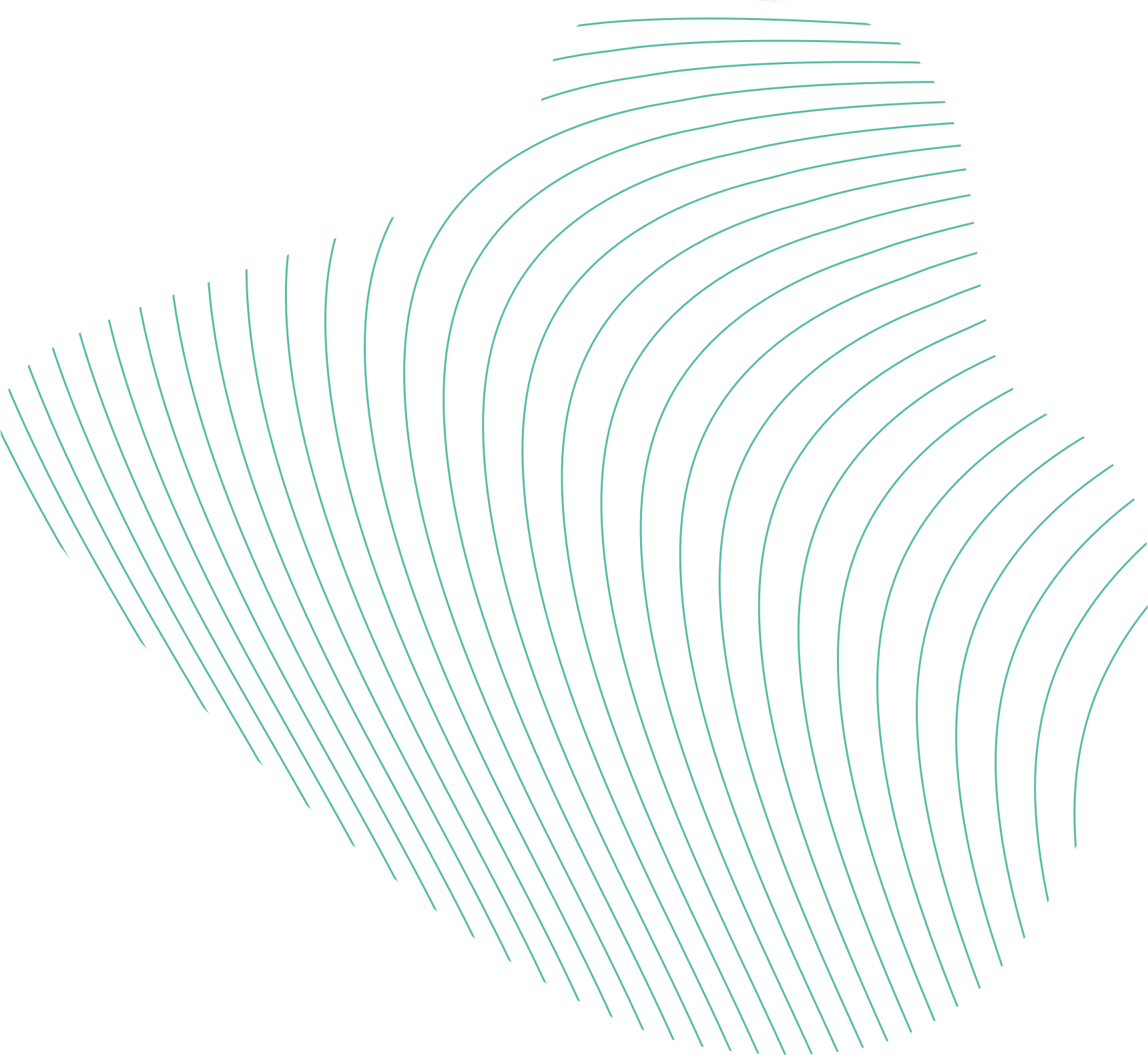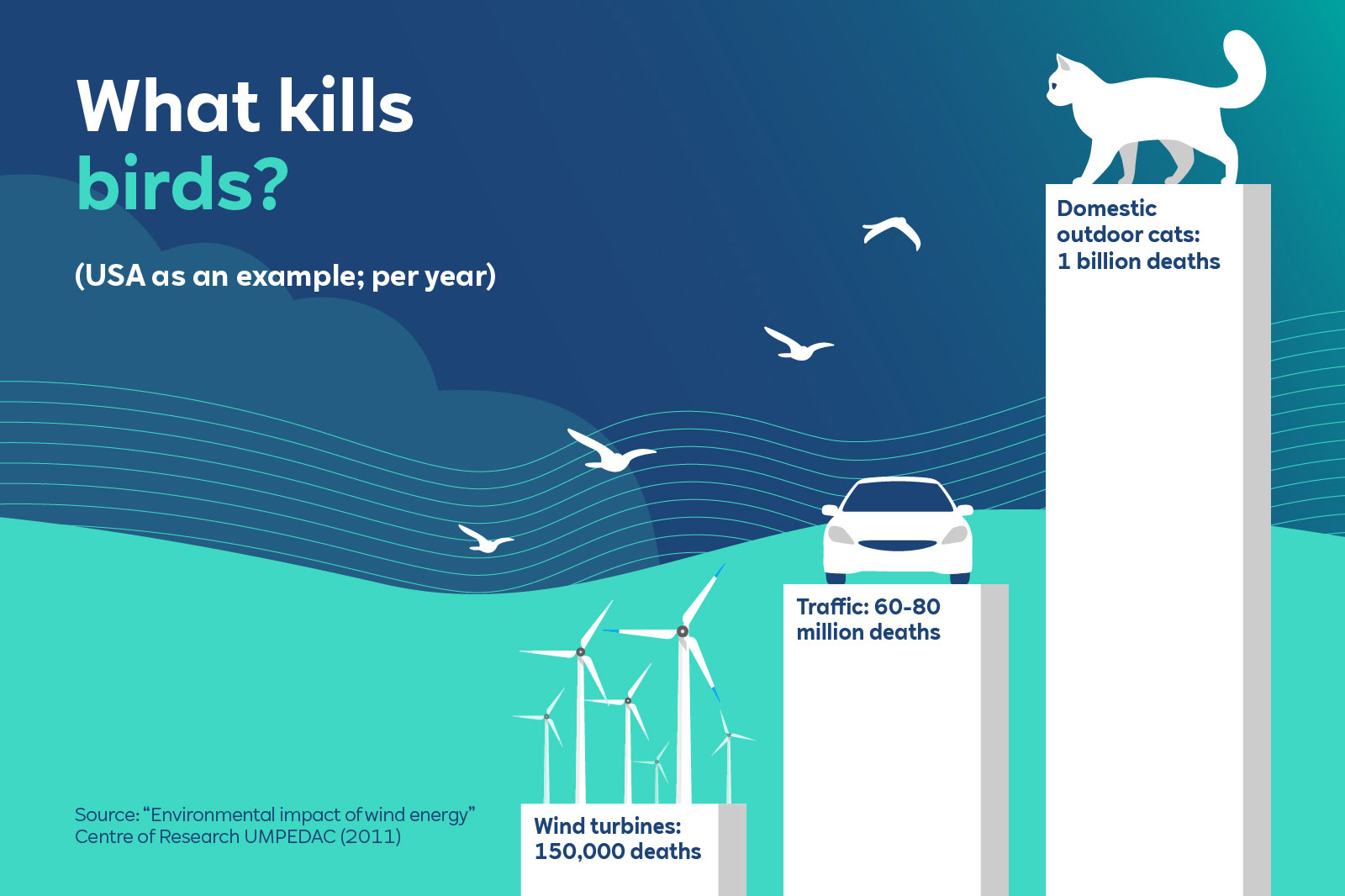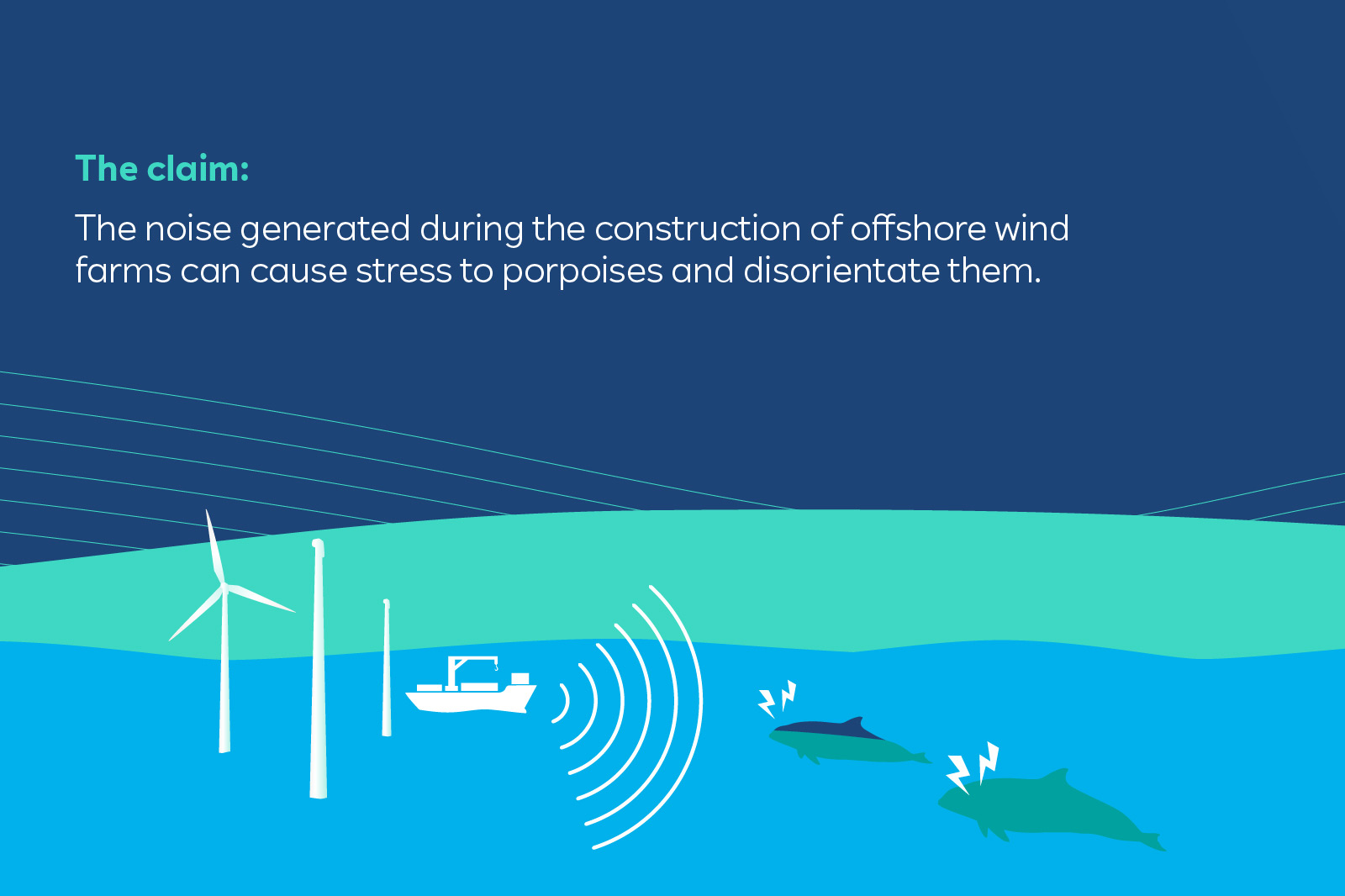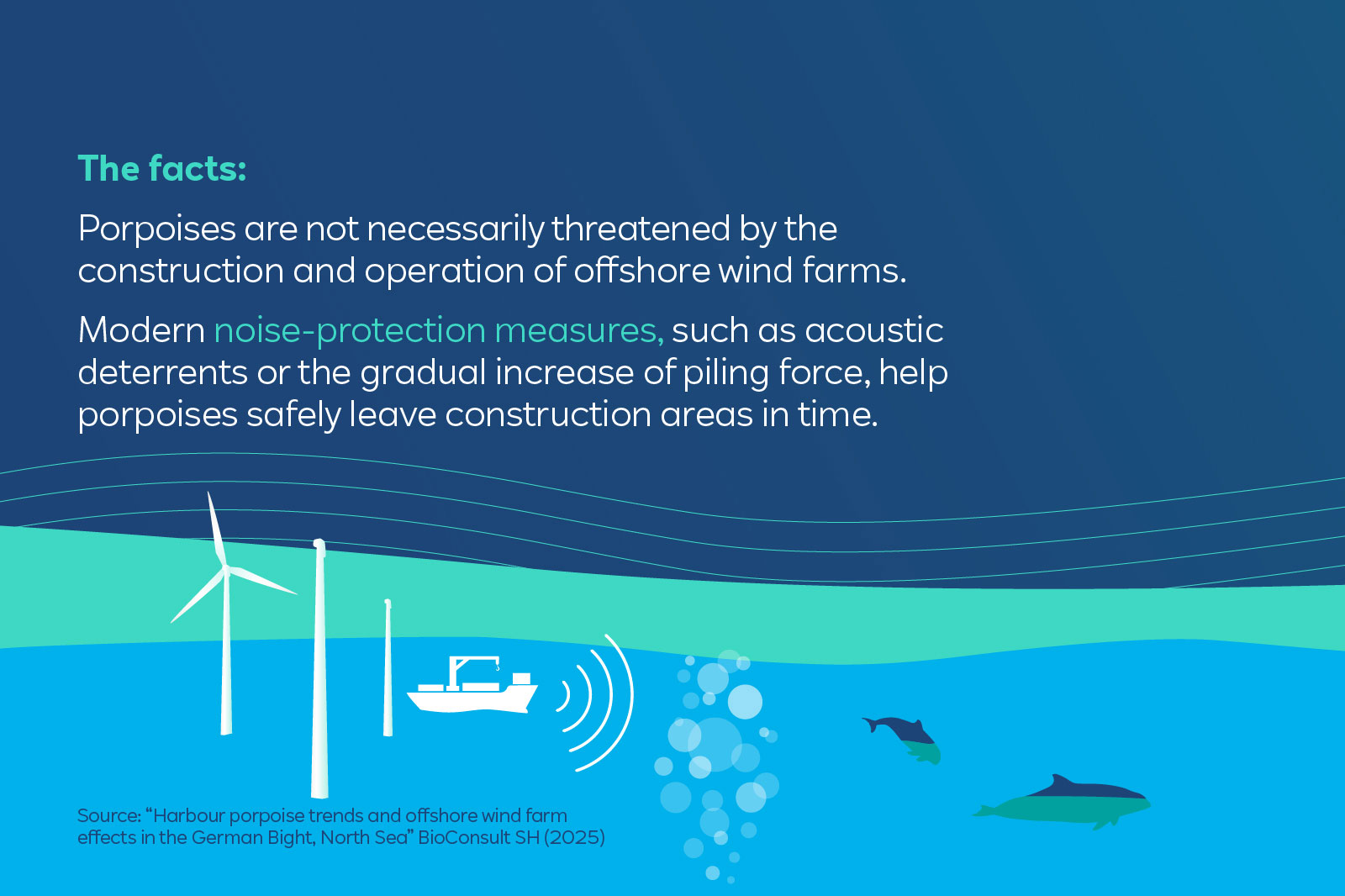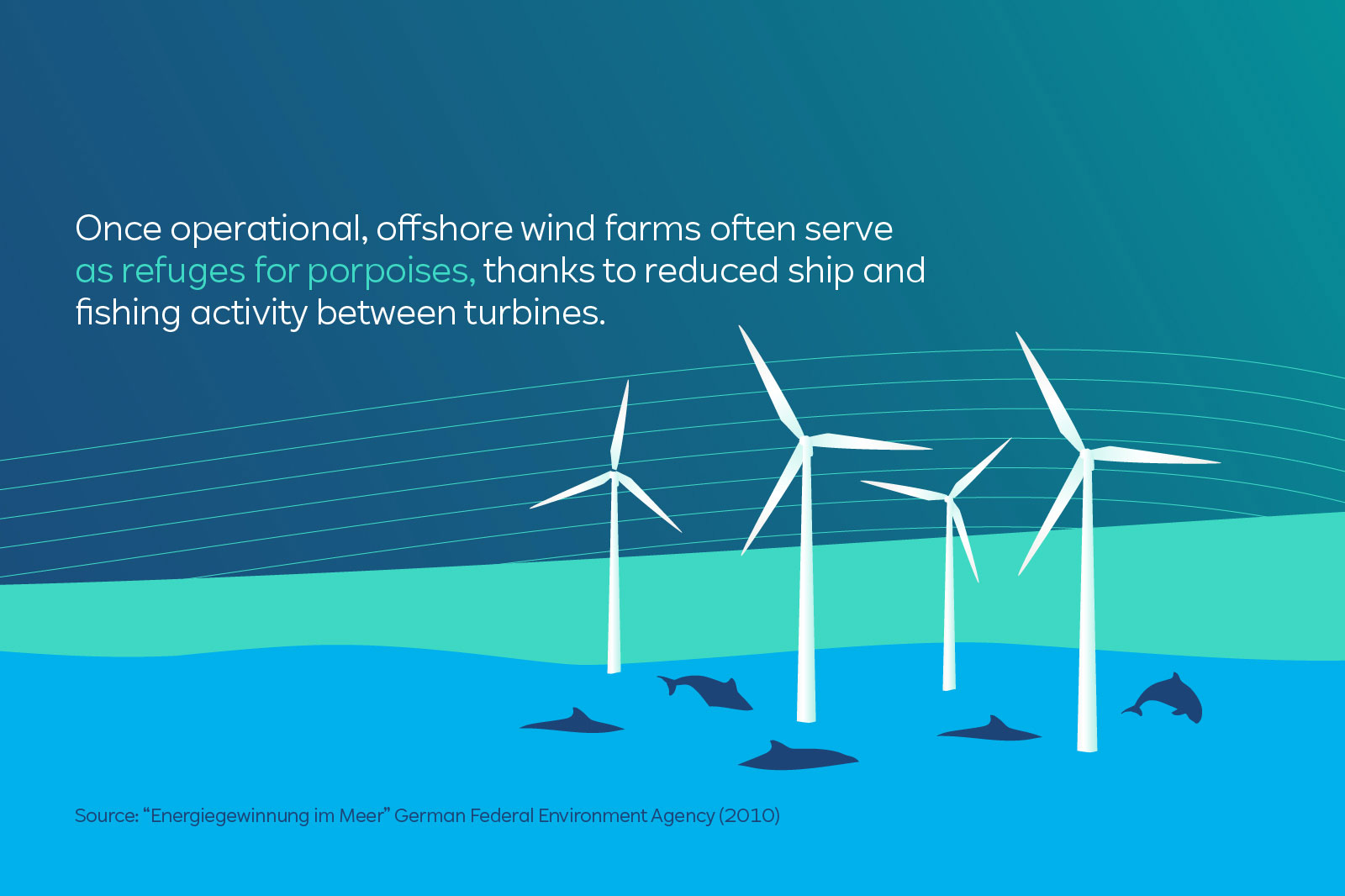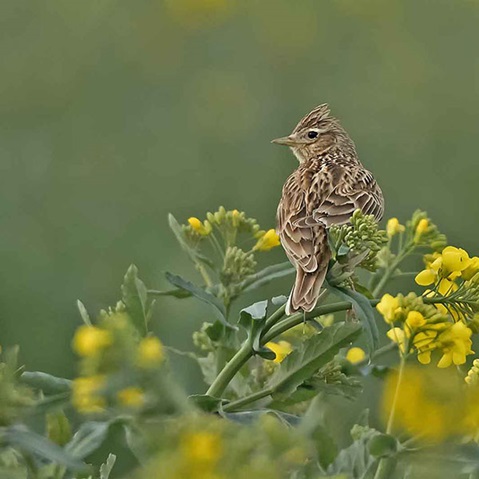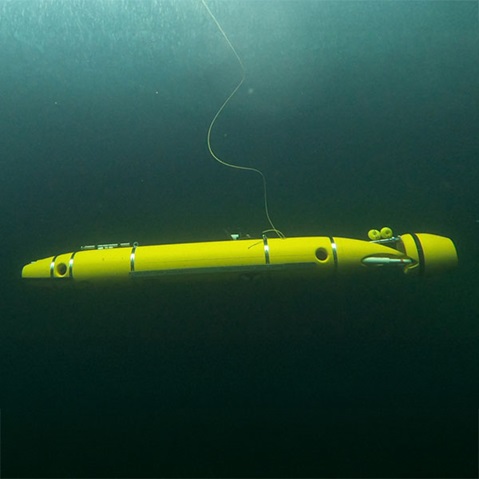Wind turbines that threaten birds. Offshore wind farms that disturb porpoises. Images like these have become commonplace in the discourse on renewable energy. For critics, the bottom line is simple: if we want to protect our climate, we must sacrifice wildlife. However, is this true?
In fact, climate protection and nature conservation both face the same major challenge: climate change. Extreme weathers, rising temperatures and shifting habitats threaten species worldwide – far more than any wind turbine ever could. At the same time, we need renewable energy sources to tackle this climate crisis.
The question is therefore not whether wind power and nature conservation are compatible, but how they can be best brought together. After all, a look at the facts shows that the often-cited threats are frequently less dramatic than portrayed. And in some cases, they are downright misleading.

